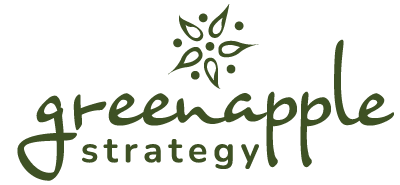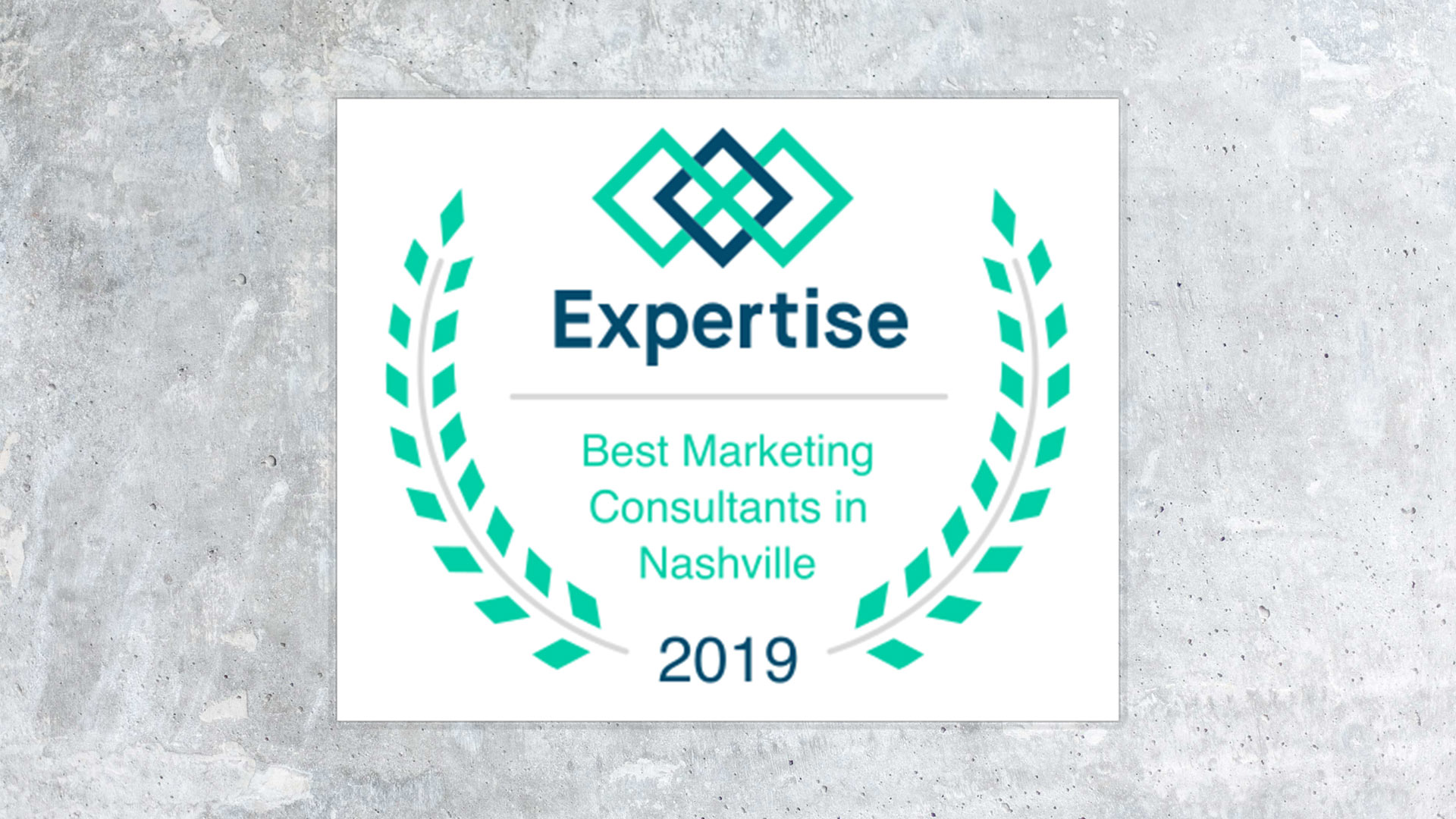How do you ensure that the time and effort you invest in marketing truly impact your audience and inspire them to take the next step? This is an age-old question that every business is trying to answer.
The secret to success starts with knowing what your customers think and feel. This is why empathy is more important than ever for marketers. Without taking the time to understand what motivates your audience to take action, you risk simply creating noise that gets ignored.
At Green Apple, helping our clients eliminate the guesswork of effective marketing through customer-driven personas and strategic messaging is one of our favorite things to do. By digging deep into what truly drives customer behavior, we’ve seen businesses achieve greater engagement and growth. Here’s what we’re seeing and learning:
Why Empathy is the Key to Meaningful Engagement
Empathy isn’t just a buzzword; it’s a competitive advantage. Studies show that businesses that understand and align with their customers’ emotions achieve better results. According to a study featured in Harvard Business Review, emotionally connected customers are twice as valuable as highly satisfied ones. Engaged customers buy more, recommend your business more often, and remain loyal over time.
For small and mid-size businesses whose budgets and resources may be limited, connecting emotionally can level the playing field. By understanding what motivates your customers—their challenges, aspirations, and fears—you can create marketing campaigns that feel personal and resonate deeply. This connection inspires action, whether that’s a purchase, a referral, or brand loyalty.
At Green Apple, we help businesses uncover these insights by using empathy-driven strategies, creating marketing that truly resonates with their target audience.
5 Questions to Discover How Customers Think Without Asking Them
Even if you can’t directly ask every customer what they think and feel, there are ways to understand their mindset. By taking time to reflect on these five questions, you can unlock valuable insights to craft messaging that speaks to their needs. Let’s explore these questions with affordable, practical marketing tools to dig deeper.
1. What do your customers say and do?
Think about a typical day in the life of your customer. What are they spending their time doing? How do they behave in different settings, such as at work, at home, or with friends and family? These observations can reveal important insights about their priorities and habits.
Practical Insight Tool: Create feedback loops. Use tools like post-purchase surveys, email feedback forms, or even social media polls to ask about their routines or pain points. This provides real-world data to guide your marketing strategy.
2. What do your customers think and feel?
Consider their dreams, worries, and daily emotions. What makes them happy, sad, scared, or excited? By exploring these internal motivators, you can connects with them on a personal level.
Practical Insight Tool: Use social listening to learn more about what your customers are thinking. You can also monitor online conversations about your industry or competitors. Tools like Hootsuite or Sprout Social can help you see what your customers care about, providing a glimpse into their emotional landscape.
3. What do your customers hear?
Think about the media and messages your customers are exposed to daily. Who are they listening to? What information are they consuming, and how does it shape their perceptions and decisions? Knowing this can help you rise above the noise with messaging that stands out.
Practical Insight Tool: Conduct a market analysis of their content consumption habits. Look at which blogs, social platforms, or podcasts they engage with most. This helps you identify where to meet them and how to create marketing that resonates.
4. What are their biggest challenges every day?
What frustrations or stresses do they encounter regularly? What risks or threats do they face? Understanding these challenges allows you to position your products or services as solutions to their problems.
Practical Insight Tool: Build a simple customer journey map. Outline their interactions with your brand from initial awareness to decision-making. Look for pain points along the way where you can offer solutions and make their journey easier.
5. What opportunities exist if they succeed?
Your customers see themselves as the heroes of their own stories. What do they need to feel successful? What does success look like for them, and how can your brand help them achieve it? By answering these questions, you can create messaging that inspires them to act.
Practical Insight Tool: Expand your customer journey map to include aspirations. Identify what success means to them at each stage and position your brand as a trusted partner on their journey.
Turn Insights into Action with Green Apple
By answering these questions and using tools like social listening, feedback loops, and customer journey mapping, you can develop a clear picture of what drives your customers. These insights will help you craft marketing and messaging that truly resonates, cutting through the noise to build genuine connections with your audience.
At Green Apple, we specialize in helping SMBs develop strategic marketing campaigns and messaging that align with their customers’ motivations and inspire action. If you’re ready to stop guessing and start connecting, contact us for a free consultation. We look forward to the opportunity to work together and build a marketing strategy that makes an impact.











